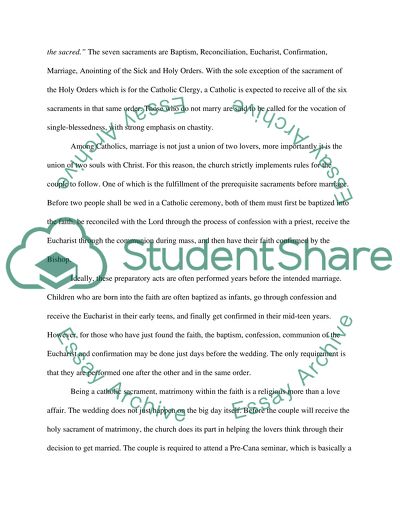Cite this document
(“Similarities and Differences on Matrimony Between the Religions of Term Paper”, n.d.)
Retrieved from https://studentshare.org/religion-and-theology/1438578-similarities-and-differences-on-matrimony-between
Retrieved from https://studentshare.org/religion-and-theology/1438578-similarities-and-differences-on-matrimony-between
(Similarities and Differences on Matrimony Between the Religions of Term Paper)
https://studentshare.org/religion-and-theology/1438578-similarities-and-differences-on-matrimony-between.
https://studentshare.org/religion-and-theology/1438578-similarities-and-differences-on-matrimony-between.
“Similarities and Differences on Matrimony Between the Religions of Term Paper”, n.d. https://studentshare.org/religion-and-theology/1438578-similarities-and-differences-on-matrimony-between.


